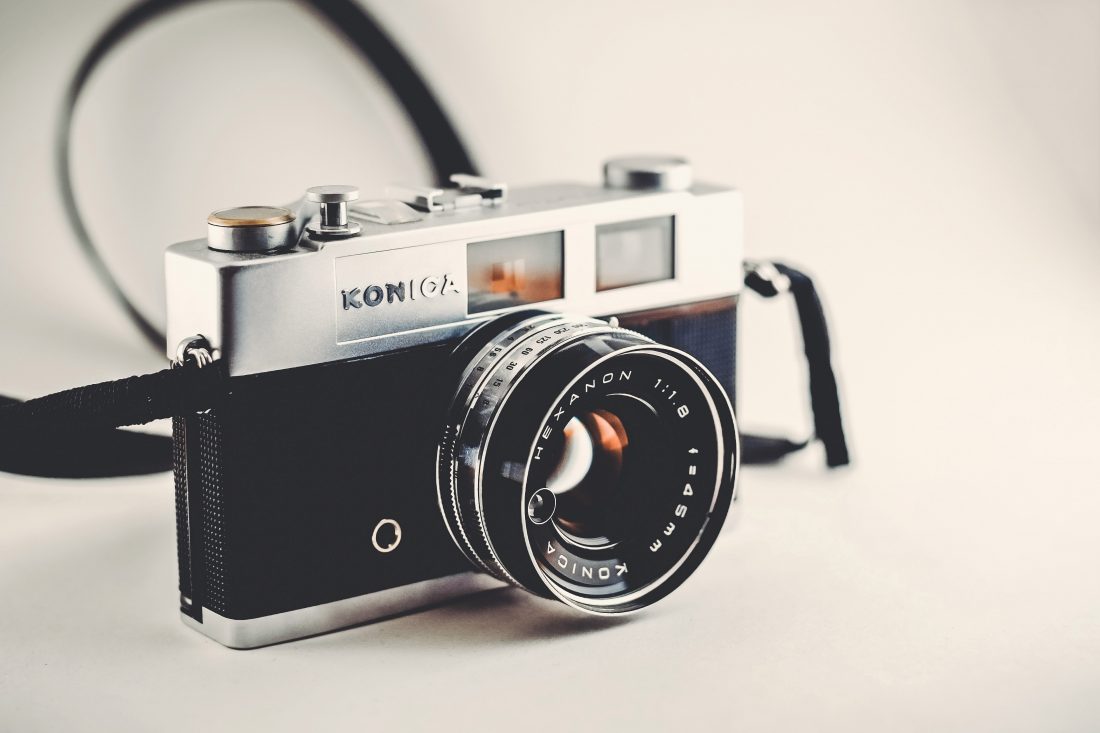
The Olympus D-500L, also known as the C-1000L, is a digital camera that was released by Olympus Corporation in the late 1990s. It was one of the early models in the digital camera market and offered photographers a convenient and innovative way to capture images without the need for film or prints.
**Features and Specifications**
The Olympus D-500L featured a 1.3-megapixel sensor, which was considered cutting-edge at the time. It offered a maximum resolution of 1280×960 pixels, allowing users to capture images with reasonable detail. The camera also had a built-in 3x optical zoom lens, which provided flexibility in framing subjects.
One of the standout features of the D-500L was its ability to store images directly onto a 3.3V SmartMedia memory card. This was a significant development, as it eliminated the need for traditional film rolls and allowed photographers to easily view, delete, and transfer their images to a computer for editing and sharing.
In terms of controls, the camera offered a range of shooting modes, including full auto, programmed auto, aperture priority, and manual exposure. This allowed photographers to have greater control over their images and experiment with different settings to achieve the desired results.
The D-500L also had a built-in flash for low-light photography and a 1.8-inch LCD display for reviewing captured images. Additionally, it could capture short video clips with a resolution of 320×240 pixels, although the quality was limited by the technology of the time.
**Release Date and Price**
The Olympus D-500L was released in 1997 and was priced at around $799 at launch. This was a relatively high price point for a digital camera at the time, but it reflected the advanced features and technology offered by the D-500L.
**Legacy and Impact**
The Olympus D-500L, along with other early digital cameras, played a significant role in the digital photography revolution. It paved the way for the development of modern digital cameras that we use today. The convenience of instantly viewing and editing photos, as well as the ability to store a large number of images on a memory card, revolutionized the photography industry.
Although the D-500L may seem outdated by today’s standards, it was a groundbreaking camera that sparked a major shift in the way we capture and preserve memories. Its impact can still be seen in the modern digital cameras we use, which continue to push the boundaries of image quality and convenience.
In conclusion, the Olympus D-500L, also known as the C-1000L, was an early digital camera that offered photographers a new way to capture and store images. Its advanced features, such as a 1.3-megapixel sensor and the ability to save images on a memory card, set the stage for the digital photography revolution. Although it may not be as advanced as today’s digital cameras, the D-500L’s legacy lives on in the technology we use today.
